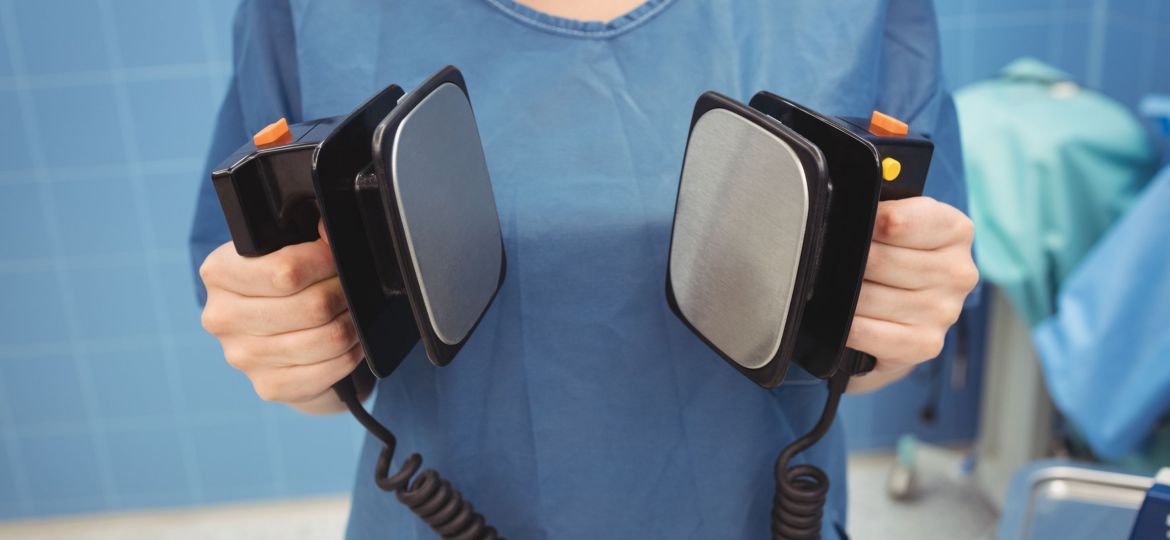Defibrillators are essential, life-saving devices used in a variety of medical settings to assist people experiencing heart issues. However, with so many types available, it can be overwhelming to understand how each one works and when it’s most effective. This guide will walk you through the different types of defibrillators, how they function, and the scenarios in which they are most appropriate.
What Is a Defibrillator?
At its core, a defibrillator is a medical device that delivers an electrical shock to the heart to treat life-threatening heart rhythms, such as ventricular fibrillation or ventricular tachycardia. These conditions cause the heart’s lower chambers to beat erratically, disrupting its ability to pump blood effectively. A shock from a defibrillator helps restore a normal rhythm and potentially saves the person’s life.
Defibrillators come with electrodes that attach to the patient’s chest, transmitting data about their heart’s electrical activity. Based on this information, the device determines whether a shock is necessary and delivers it accordingly. There are several types of defibrillators in use today, each designed for specific situations and environments.
1. Automated External Defibrillators (AEDs)
AEDs are portable, battery-operated devices designed for use outside of hospitals. These are commonly found in public spaces like airports, schools, gyms, and office buildings, making them essential in emergency situations. AEDs are lightweight and easy to use, even by individuals without medical training.
When someone experiences sudden cardiac arrest, the AED automatically analyzes the patient’s heart rhythm. If it detects a shockable rhythm, the device will instruct the user to administer a shock. The AED uses adhesive electrode pads placed on the patient’s chest to deliver the shock, helping to restore a normal heart rhythm.
2. Implantable Cardioverter-Defibrillators (ICDs)
An ICD is a small device implanted inside the chest, typically near the collarbone. It continuously monitors the heart’s electrical activity, detecting life-threatening arrhythmias. If it senses an irregular rhythm, the ICD can deliver either a low-energy or high-energy shock to restore normal heart function.
ICDs are primarily recommended for patients who have a history of severe arrhythmias or are at high risk for sudden cardiac arrest. These devices work similarly to pacemakers but can deliver a more powerful shock if necessary. Additionally, ICDs store information about the heart’s activity, which helps doctors adjust the device’s settings to better treat the patient’s condition.
3. Wearable Cardiac Defibrillators (WCDs)
A wearable cardiac defibrillator is a portable, external device designed for patients at risk of sudden cardiac arrest but not yet in need of an implantable defibrillator. WCDs are worn as a vest, typically under clothing, and feature built-in sensors that monitor the heart’s rhythm 24/7. If the device detects a dangerous arrhythmia, it automatically administers a shock to restore normal rhythm.
WCDs are often prescribed for patients awaiting an ICD implant or those who cannot yet undergo surgery. These devices are especially beneficial for individuals who may not have immediate access to medical care but still need continuous heart monitoring.
4. Manual External Defibrillators
Manual defibrillators are typically used by healthcare professionals in hospitals or ambulances. Unlike AEDs, these devices require the user to manually assess the patient’s heart rhythm and determine if a shock is necessary. This type of defibrillator is often used by paramedics or trained personnel in more controlled environments.
While AEDs provide automatic shock delivery, manual defibrillators allow the medical team to have more control over the shock’s timing and intensity. These defibrillators are usually larger, more complex, and are used by professionals with specialized training.
5. Manual Internal Defibrillators
Manual internal defibrillators are used during surgery or in highly controlled hospital settings. These devices require direct contact with the heart, either through an incision or during open-heart surgery. They deliver shocks directly to the heart to restore normal rhythm in critical situations. These defibrillators are typically employed in extreme cases where external defibrillators cannot be used effectively.
Choosing the Right Defibrillator
The type of defibrillator used depends largely on the situation and the medical needs of the patient. AEDs are ideal for public places and emergency situations where quick action is needed. ICDs and WCDs, on the other hand, are for patients who need continuous heart monitoring due to higher risks of arrhythmias.
If you’re considering a defibrillator for yourself or a loved one, it’s important to consult with a healthcare provider. For those in public settings, AEDs are the most common and accessible choice. For people with heart conditions requiring more specialized care, ICDs or WCDs may be appropriate.
Conclusion
Defibrillators play a vital role in saving lives during cardiac emergencies. Whether it’s an AED for public use or an ICD for continuous heart monitoring, these devices can restore heart rhythm and prevent life-threatening complications. Understanding the different types of defibrillators and their uses helps ensure the right device is available in the right situation—ultimately contributing to better heart health outcomes. Always consult with a healthcare provider to determine the best course of action based on individual needs.


